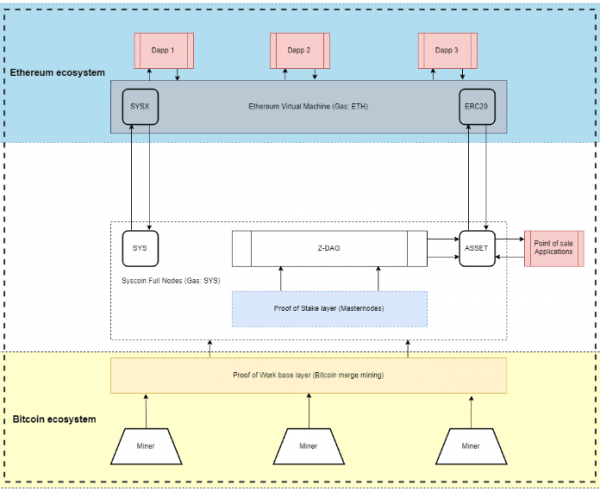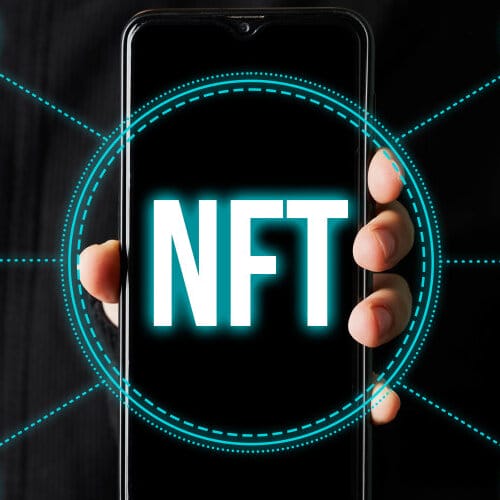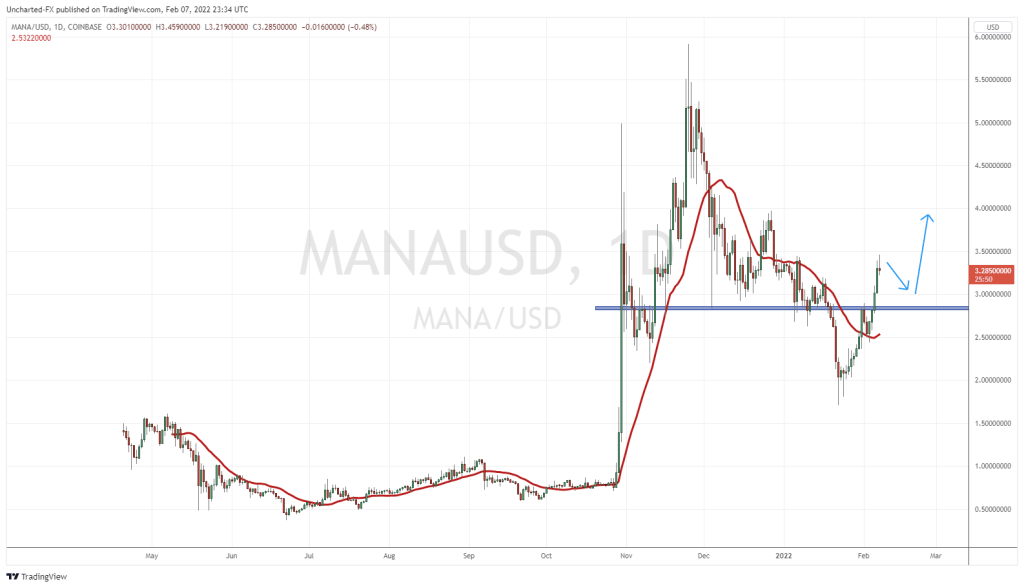Whiteblock, a blockchain testing platform, has released its transactions per second speed results for Blockchain Foundry’s (BCFN.C) patent-pending Zero Confirmation Acyclic Graph (Z-Dag) technology built on the Syscoin protocol.
Whiteblock is a blockchain testing platform that helps development teams validate and improve performance of their distributed ledger technologies.
Z-Dag is Blockchain Foundry’s solution to the blockchain’s scalability problem, wherein transactions could be completed in seconds rather than hours. This would remove one of the largest barriers to widespread adoption of cryptocurrency as a medium of exchange.
“In order to achieve adoption, scalability is essential. We wanted to make the Syscoin Platform ready for projects that need to reach mainstream adoption without scaling limitation. Now that we have transaction speeds comparable to typical credit and debit card networks, we are ready,” said Jag Sidhu, CTO of Blockchain Foundry and Syscoin co-founder.
The results indicate that the transactions per second (TPS) achieved by syscoin protocol tokens in an isolated test environment perform very effectively and have strong indicators for performance.
Whiteblock conducted the analysis using 24 masternodes to test the network and achieved up to 145,542 TPS in a control group and up to 60158 TPS outside of the control group.
For context, the Syscoin network has 1487 active masternodes and has the potential of having up to 5532 masternodes running simultaneously. As a comparison, credit and debit card networks typically have the capacity to handle approximately 25,000 TPS.
The latest version of the Syscoin protocol, which includes the Z-Dag upgrade, will enhance the network by moving data that doesn’t need to be on the blockchain to increase throughput capacity. Kind of like removing any unnecessary files from a hard-drive to speed up a computer.
Z-Dag will also include a connection to the Ethereum blockchain to allow users to form and execute smart contracts through Blockchain Foundry’s proprietary technology, the Syscoin interoperability bridge.
This bridge allows users to build and access d’Apps (or decentralized applications) on the Ethereum blockchain using Bitcoin. It blends the security of blockchain with Ethereum’s functionality, and makes it much more accessible through the speed and scalability offered by the Z-Dag technology.
The evolution of Syscoin
Established in 2014, Syscoin was developed to enable business to be done on the blockchain, allowing companies to build apps on the blockchain protocol through an application programming interface. (API).
Satoshi Nakamoto’s original vision for Bitcoin included a Marketplace embedded directly into the Bitcoin blockchain.
Syscoin founder, Sebastian Schepis ran with that idea and built Syscoin 1.0 in 2014.
The coin was developed to enable business to be done on the blockchain, allowing companies to build apps on the blockchain protocol through an application programming interface. (API). Early versions of the protocol included a fully functional online marketplace for exchange of goods on the blockchain.
Syscoin 2.0 was released two years later. A few of the improvements included blockchain pruning, allowing for the removal of unnecessary information from the blockchain, private Z-cash transfers and decentralized marketplace moderation.
“Brand new features included the Z-DAG protocol and Masternodes to facilitate high network throughput (TPS) for assets, Masternode governance, an indexing service, and the Syscoin API 3.0 Asset creation platform.”
—Syscoin.org
Masternodes are the central component for building scalable features on the syscoin platform. They’re the servers that provide the decentralization common to all cryptocurrencies.
Individual users can own a masternode by pledging 100,000 syscoin to the network, which are locked into the node while it’s active and can be withdrawn at any time.
—Joseph Morton
Full disclosure: Blockchain Foundry is an Equity.Guru marketing client.








